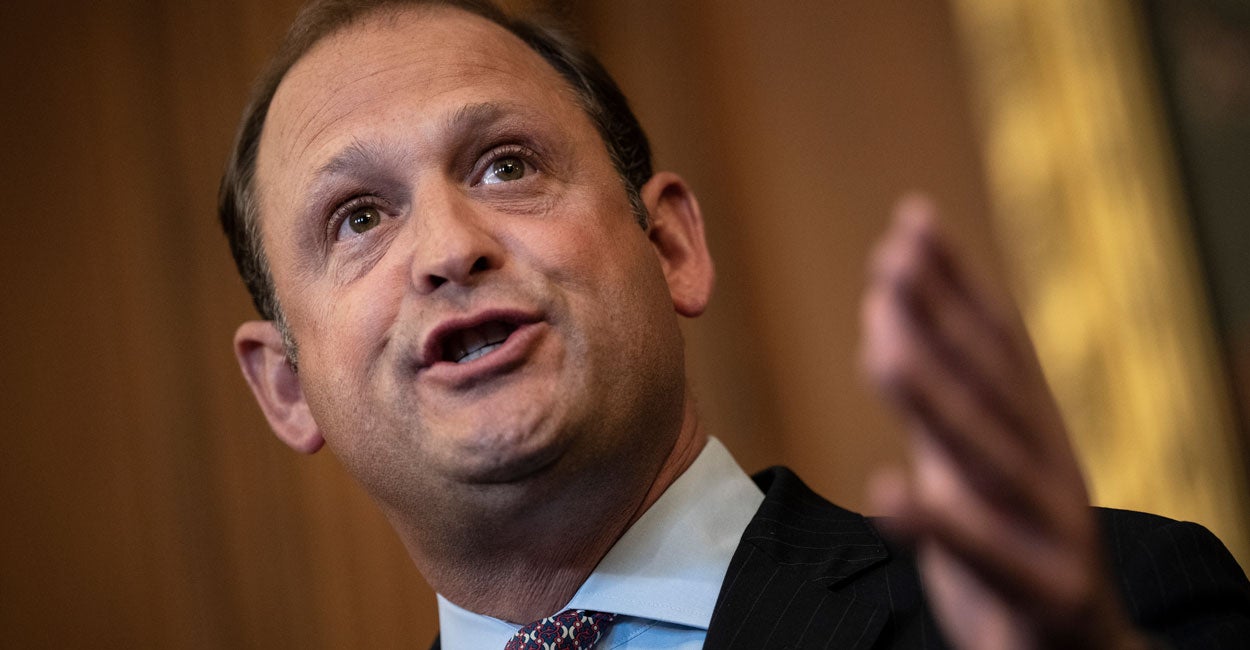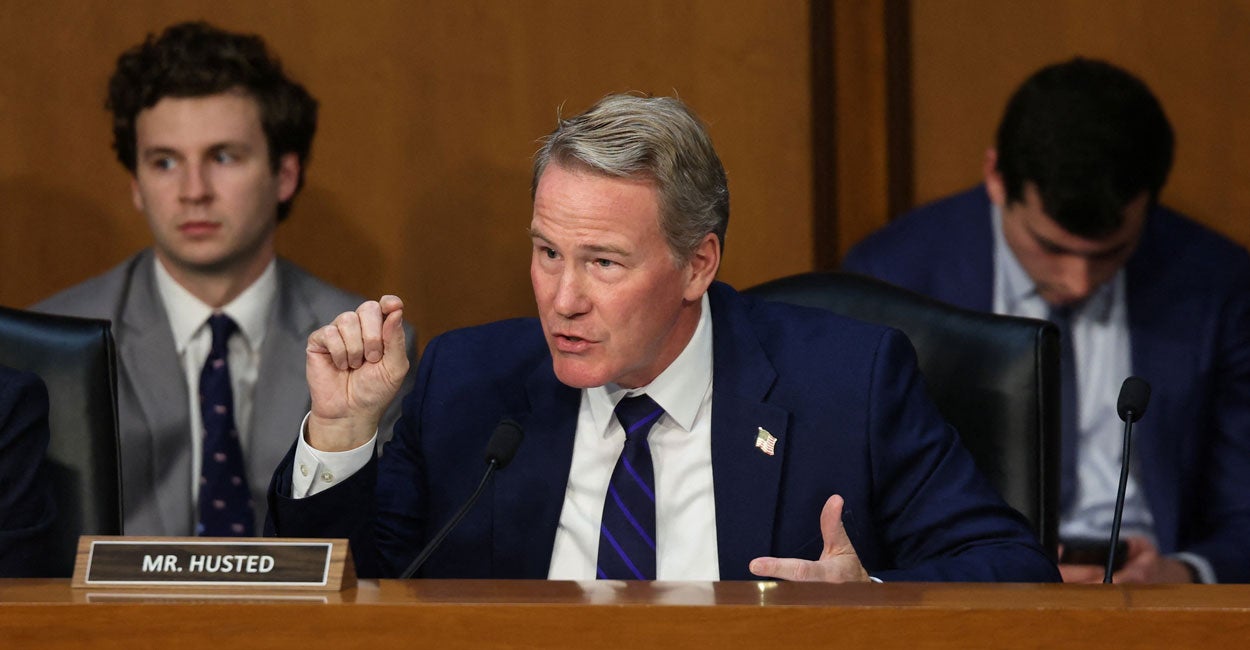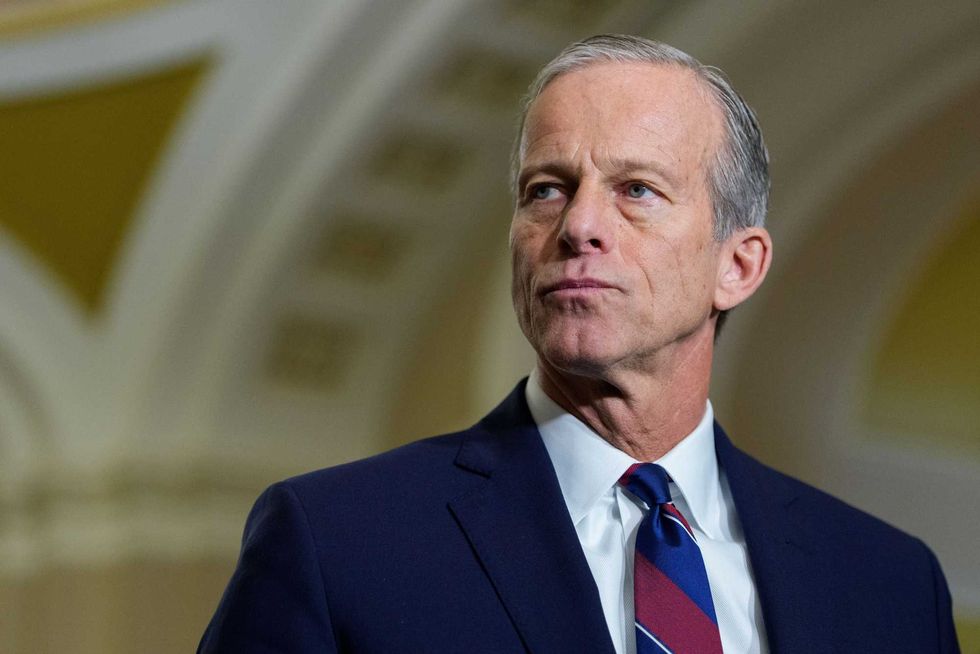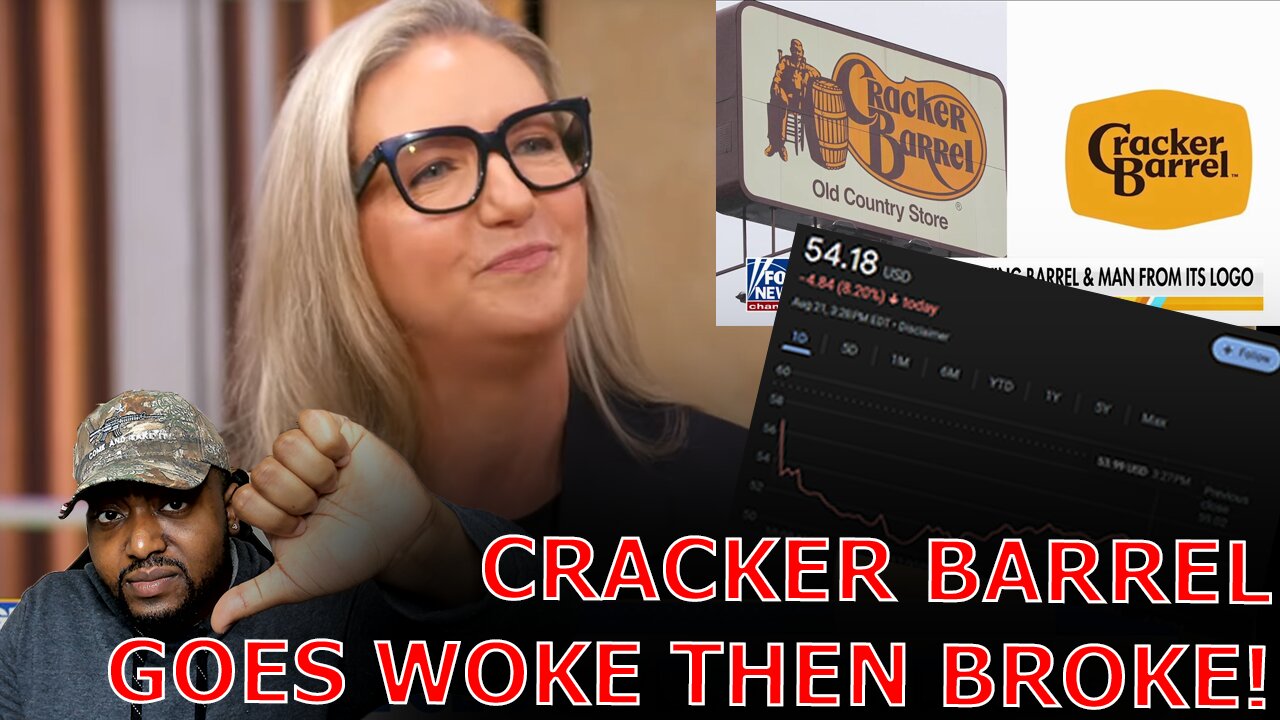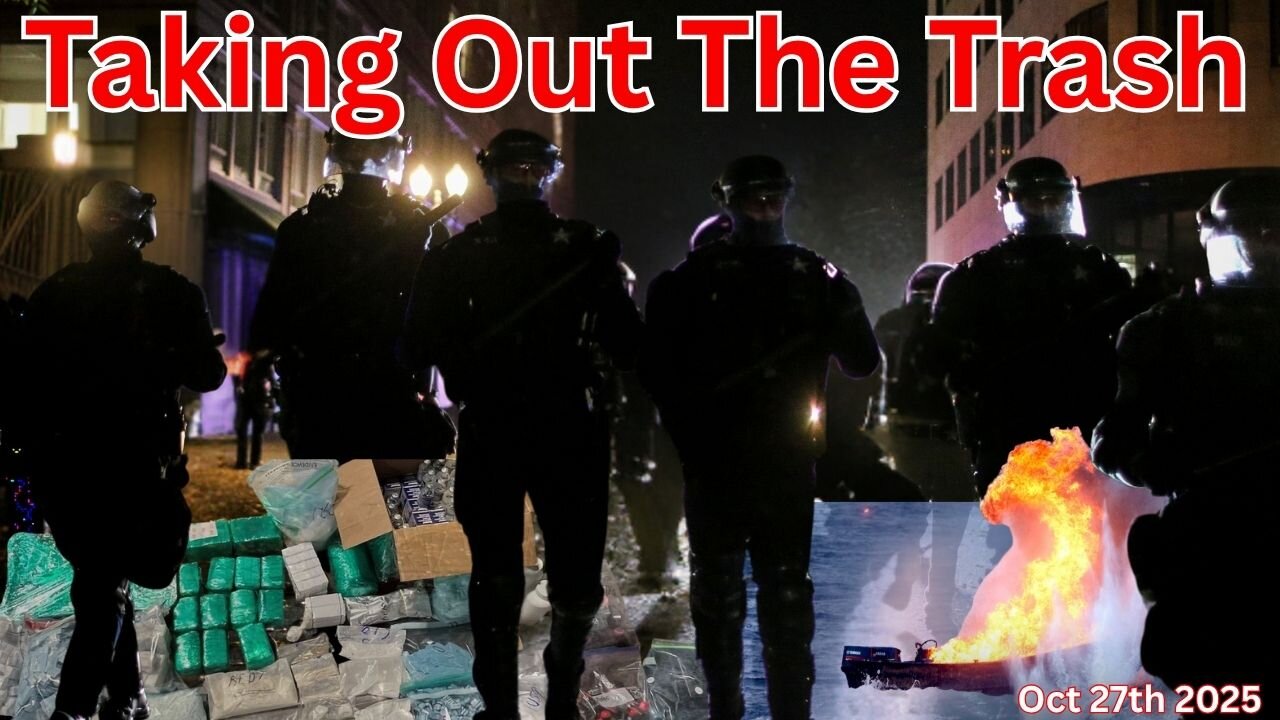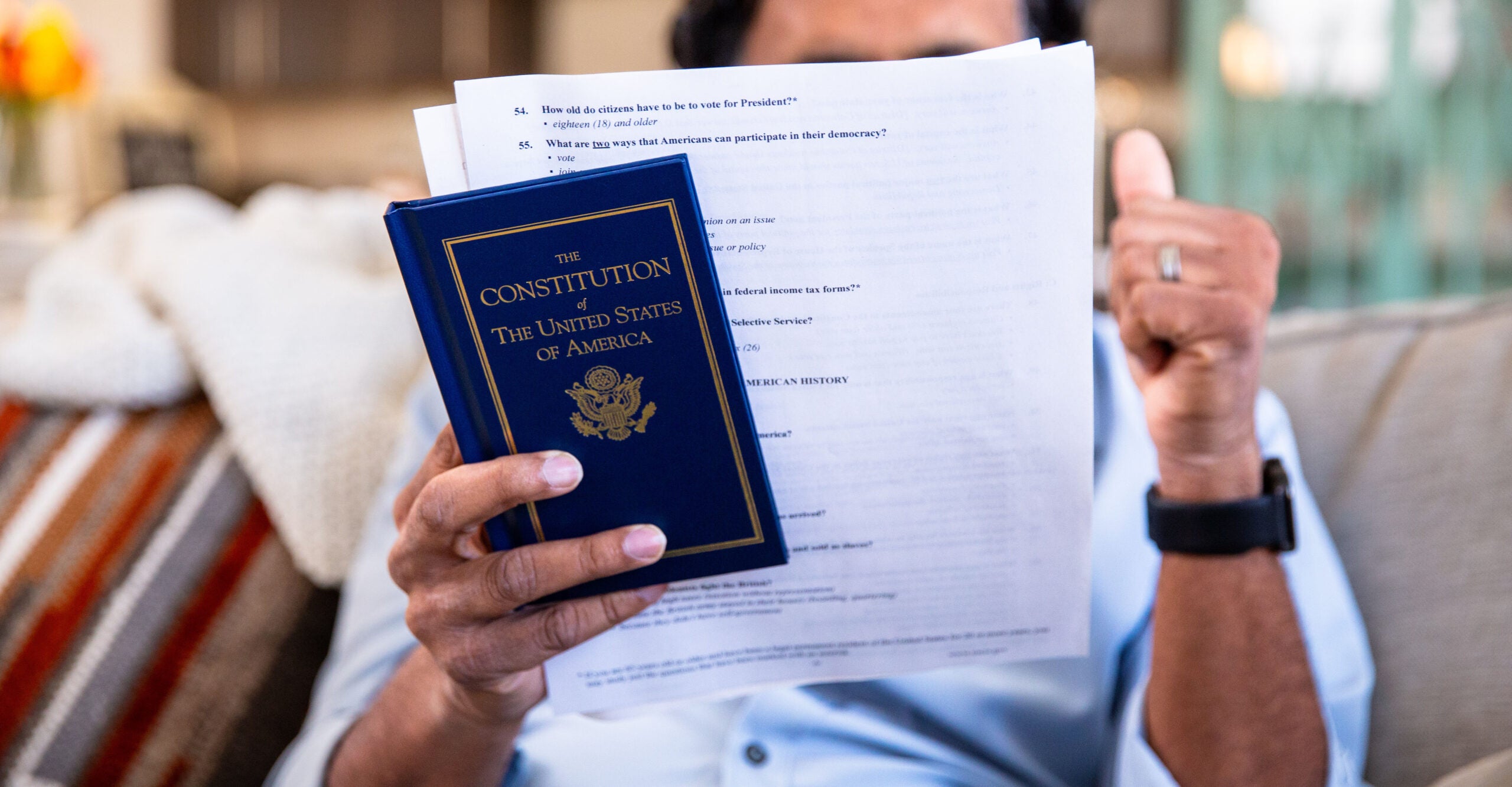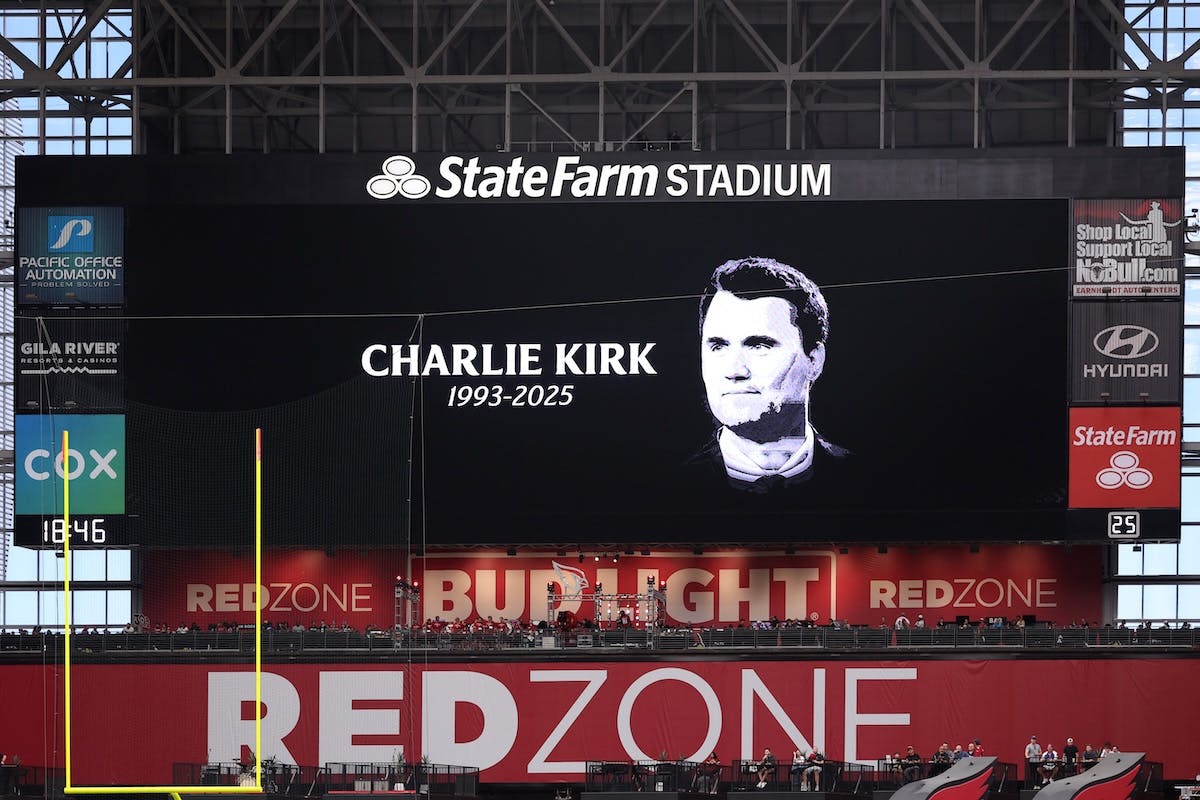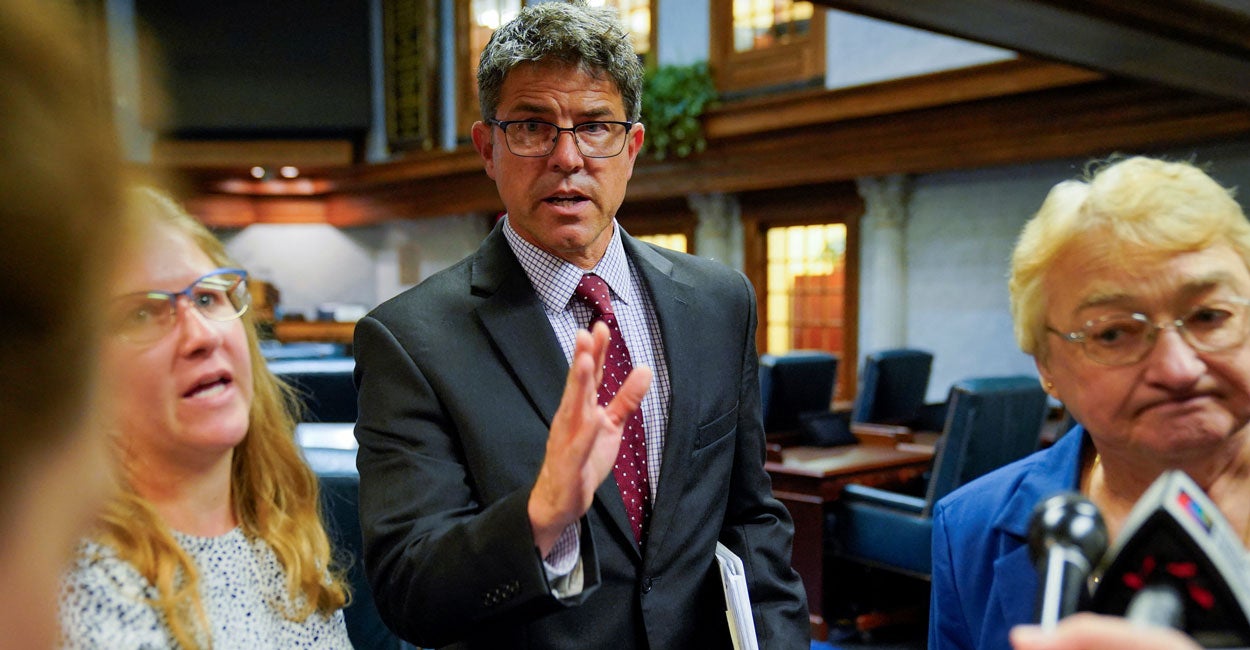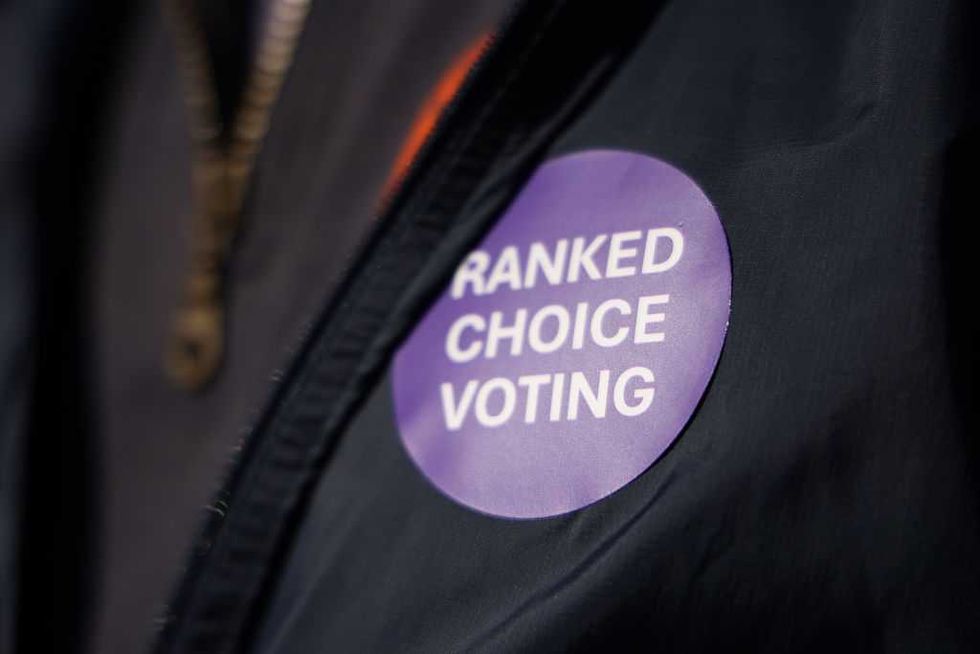How Tax Dollars Heavily Subsize Fast-Food Dining in California

In the last two years, taxpayers spent $524 million in food stamp payments mostly for fast-food restaurants, according to data from the office of Sen. Joni Ernst, R-Iowa.
Of that, about 90%—or $475.2 million—was spent at fast-food restaurants in California from June 2023 through May 2025, according to Ernst’s office.
Ernst, who regularly calls out government waste, is the chairwoman of the Senate DOGE Caucus, short for Department of Government Efficiency—an office within the White House that has targeted spending reductions.
The intent behind the Supplemental Nutrition Assistance Program, or SNAP, was to provide meat, fruits, and vegetables to needy families. However, Ernst’s office contends that Congress created new loopholes in 1977 for “hot food,” meaning food stamps could be used to buy food at restaurants. Currently, nine states participate in the SNAP Restaurant Meals Program.
The intent was to allow homeless individuals who lack access to kitchens or food preparation facilities to purchase prepared meals using food stamps. However, over the years, eligibility was expanded to include disabled and elderly individuals, along with their spouses.
Previously, participation was limited to a small number of restaurants within select counties, according to Ernst’s office.
However, the program has ballooned mostly in California, where state officials and the Biden-controlled U.S Department of Agriculture authorized more than 5,800 restaurants to accept SNAP benefits.
In addition to California, eight other states opted into SNAP’s Restaurant Meals Program—Arizona, Illinois, Maryland, Massachusetts, Michigan, New York, Rhode Island, and Virginia.
Participating restaurants must be located in an approved state, sign an agreement with that state, and be authorized by the USDA to accept SNAP benefits.
Ernst is set to introduce a bill, McStopping Chains from Using SNAP EBT to Make Entrees Act, or the McSCUSE ME Act of 2025, in a Senate floor speech Thursday. The legislation would limit the program to homeless, elderly, and disabled participation, and limit vendor eligibility to restaurants with healthy prepared food options. It would also increase public reporting requirements.
The California Department of Social Services did not respond to an inquiry from The Daily Signal for this story, but has a link to participating restaurants on its website, which includes most national fast-food chains serving pizza, burger, and fried chicken eateries among the more than 5,000 options.
The amount of SNAP benefits spent on the restaurant program in other states is small by comparison, according to numbers from Ernst’s office over the two-year period. Though, the amount doesn’t always correlate with the size of the state.
In Arizona, $41.4 million was spent in SNAP benefits at restaurants over two years. In New York, it was $3.6 million. In Michigan, $1.3 million. Rhode Island spent $995,900, Massachusetts spent $649,000, and Illinois spent $479,000. In Virginia, the amount totaled $308,500, while in neighboring Maryland, a comparative paltry $8,699 in SNAP dollars was spent over the two years at restaurants.
The post How Tax Dollars Heavily Subsize Fast-Food Dining in California appeared first on The Daily Signal.
Originally Published at Daily Wire, Daily Signal, or The Blaze
What's Your Reaction?
 Like
0
Like
0
 Dislike
0
Dislike
0
 Love
0
Love
0
 Funny
0
Funny
0
 Angry
0
Angry
0
 Sad
0
Sad
0
 Wow
0
Wow
0
